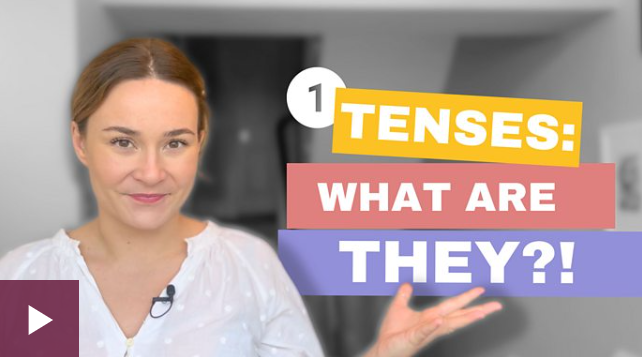What is ‘tense’?
Tense is the form of a verb which tells you when something happened. Look at the verb ‘talk’ for example.
- If you say ‘I talk’, you are either telling us a fact or talking about your routine.
- If you say ‘I talked’, you are telling us about a finished action in the past.
——————————————————————————————————————–
On a basic timeline, you have the past, present and future. At each of these points in time, there are four different verb structures: simple, continuous, perfect, and perfect continuous.
Technically, there are only two grammatical tenses in English: present and past. To talk about the future, we actually use the present tense. However, it can be useful to separate the verb structures into 12, like this:
- Present simple e.g. I walk
- Present continuous e.g. I am walking
- Present perfect e.g. I have walked
- Present perfect continuous e.g. I have been walking
- Past simple e.g. I walked
- Past continuous e.g. I was walking
- Past perfect e.g. I had walked
- Past perfect continuous e.g. I had been walking
- Future simple e.g. I will walk
- Future continuous e.g. I will be walking
- Future perfect e.g. I will have walked
- Future perfect continuous e.g. I will have been walking
In the other videos in this series, you will learn about each of the 12 structures: how they are used and how they are formed.
